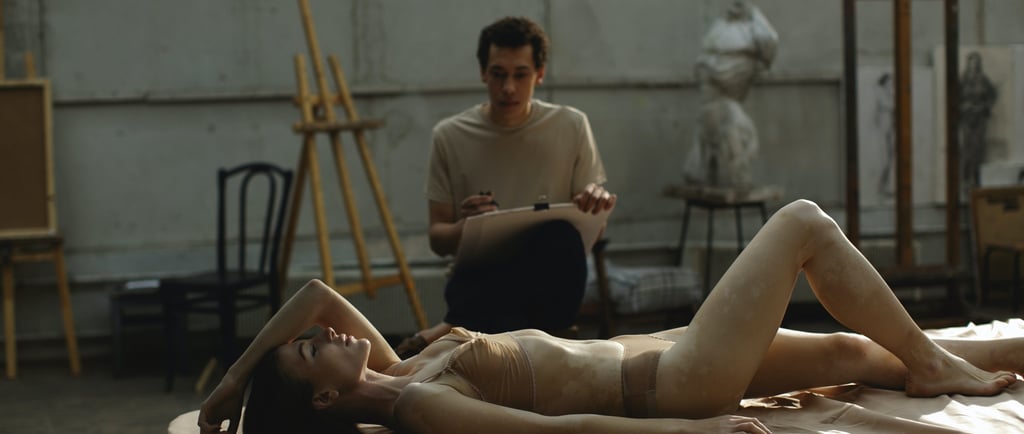Navigating the Fine Line: Ethics and Consent in Nude Artistry
Nude artistry has been a subject of fascination, controversy, and appreciation for centuries. It's a medium that allows artists to explore the human form in all its glory. However, as we delve into this world of artistic expression, we must also address a crucial aspect - ethics and consent. In this article, we will explore the fine line between artistic expression and ethical considerations in nude artistry.
10/14/20232 min read


The Beauty of Nude Art
Nude artistry, encompassing various forms like painting, sculpture, and photography, has captured the essence of human beauty and vulnerability. The human body, devoid of clothing, becomes the canvas for artists to convey a wide range of emotions, stories, and ideas. It offers an opportunity for both the artist and the viewer to connect with the raw, unfiltered nature of humanity.
Artistic Freedom
Artists, whether they are painters, sculptors, or photographers, argue that their work should be exempt from excessive regulations and restrictions. They believe that art is a reflection of human experience and should not be constrained by societal norms or ethical standards. Artistic freedom allows creators to experiment and explore the boundaries of human expression.
Ethical Considerations
However, the debate over the ethics of nude artistry is multifaceted. While artistic freedom is essential, it cannot be absolute. Here, we must consider several key ethical aspects:
1. Consent
The most critical ethical concern in nude artistry is the issue of consent. Artists must ensure that models are willing participants and fully understand the implications of their involvement. Consent should be informed, explicit, and ongoing throughout the creative process.
2. Respect
Respect for the model is another essential factor. Models should be treated with dignity and professionalism. Their boundaries should be respected, and they should have the right to withdraw their consent at any point during the project.
3. Transparency
Transparency in the artistic process is vital. Artists and models should have open communication about the artistic vision, poses, and the final outcome. This ensures that models are comfortable and confident in their participation.
4. Age and Identity
Verifying the age and identity of models is a legal and ethical obligation. Artists must ensure that they are not engaging in any form of exploitation, and models must provide valid identification to participate.
Balancing Art and Ethics
Balancing artistic expression and ethical considerations in nude artistry is a complex challenge. Artists must find a way to respect the principles of consent and ethics while still pushing the boundaries of creativity.
Legal Framework
Legal frameworks vary from country to country, and artists must be aware of the regulations that govern their work. Some countries have stringent rules in place, while others provide more creative freedom. Staying within the boundaries of the law is an essential part of the ethical dilemma.
The Role of Critics
Critics play a vital role in the ethical discourse surrounding nude artistry. They can act as a check and balance, holding artists accountable for their work and its ethical implications. Constructive criticism can help artists navigate the fine line between artistic freedom and ethical responsibility.
Conclusion
In the world of nude artistry, the line between artistic freedom and ethical responsibility can be a delicate one to tread. Artists must be mindful of the ethical considerations surrounding consent, respect, transparency, and legality. By doing so, they can create art that is not only beautiful but also ethically sound, ensuring that the human form is celebrated with dignity and respect in the world of art.
Contact
Bodydigi@gmail.com
